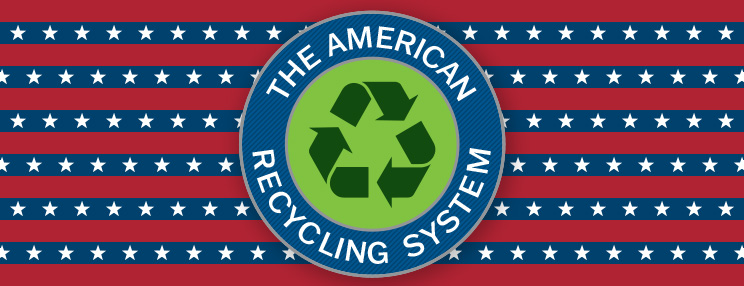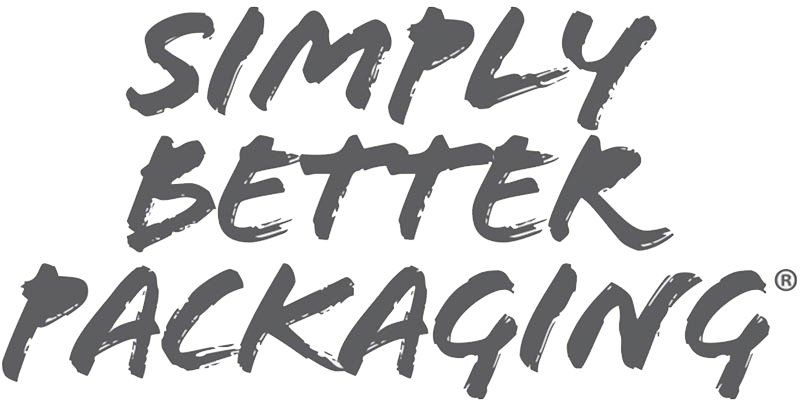American Recycling System

How the current recycling system doesn’t work, and how to fix it.
By Catherine Haub
The recycling of plastic in America is a significant issue, with rates reaching a peak of 8.7% in 2018 and only going down since then [1]. The decrease in recycling rates is due to several things, but it all comes down to how broken the American recycling system is. Recycling in the US depends on state and local governments creating their own rules and regulations, leaving an inconsistency throughout the US regarding what can and cannot be recycled. For example, in Pasco, West Richland, and Benton County, Washington, all residents must bring their recyclables to collection sites or material recovery facilities (MRFs). In Fairfax County, Virginia, only 10% of residents have their recycling collected through a public organization, while the remaining 90% are privately collected. Additionally, in Fairfax County, multiple companies run collections with their own rules and regulations [2]. See how in one county there’s different regulations on what you can recycle versus your neighbor! These different rules and regulations make it very confusing for residents; some have to do more work than others, leading to many households being discouraged from recycling, which can explain why our rates are so low.
With what we’d consider a broken recycling system, not only are we harming the environment with our straight-line economy, but we’re losing out on an opportunity to save money. According to the United States National Renewable Energy Laboratory (NREL), the United States could save up to $9.9 billion annually with a fully circular plastics economy [2]. In Emmet County, Michigan, all household waste goes through a high-tech, dual-stream facility where recyclable items get separated by non-recyclable items through an optical sorter. The recyclable items get sold to the Great Lakes-area recycling companies that reuse the material for their products. The impact of the Emmet County effort resulted in making over $1 million in 2021, which was reinvested into county projects [3]. While money would have to be invested in improving recycling infrastructure, the US would still gain revenue from a better recycling system.
Why we need it
It is a well-known fact that our recycling system needs fixing. We argue that consistency needs to be implemented at the highest level, which is why there have been actions to improve it and implement regulations nationwide. In November 2021, the EPA released a National Recycling Strategy to strengthen recycling nationwide by tackling the challenges at hand, relieving some of the pressure from state and local governments [4]. Improving the recycling system not only helps the environment but can also help boost the economy with more jobs.
1 – Regulations from local governments and stores are requiring sustainable packaging and all of these vary
2 – The cost of recycled content (bales) is skyrocketing (search price increase in last year), need more infrastructure
3 – Bales themselves in the US are not sorted as well as other countries (not all bales are the same) costing more for some than others
Many companies are looking to utilize recycled material in their products, and certain states are putting a requirement on the amount of recycled material needed for a product, so the need for recycling facilities to sort and bale plastic will increase. According to Leon Farahnik, the Chairman of Circularix, the country is estimated to need another 20 to 30 significant locations to meet 2025 goals for recycled content by CPG companies [5]. With more facilities, more jobs will be created to run the facility, benefiting the economy.
[1]Plastics: Material-Specific Data | US EPA
[2]Recycling-in-the-USA-Factsheet-5.24.22.pdf (netdna-ssl.com)
[3]One Michigan county makes millions by recycling. It could become a state model. – mlive.com
[4]EPA Releases Bold National Strategy to Transform Recycling in America | US EPA
ABOUT PLACON
Since 1966, Placon has been a leading designer and manufacturer of innovative and sustainable plastic packaging for medical, food, and consumer goods markets. Placon has manufacturing operations in Madison, WI; West Springfield, MA; Elkhart, IN; and Plymouth, MN, and is currently ranked in the Top 20 in Plastics News 2024 Thermoformers Rankings. Placon delivers packaging breakthroughs that inspire better engagement between people and products.





